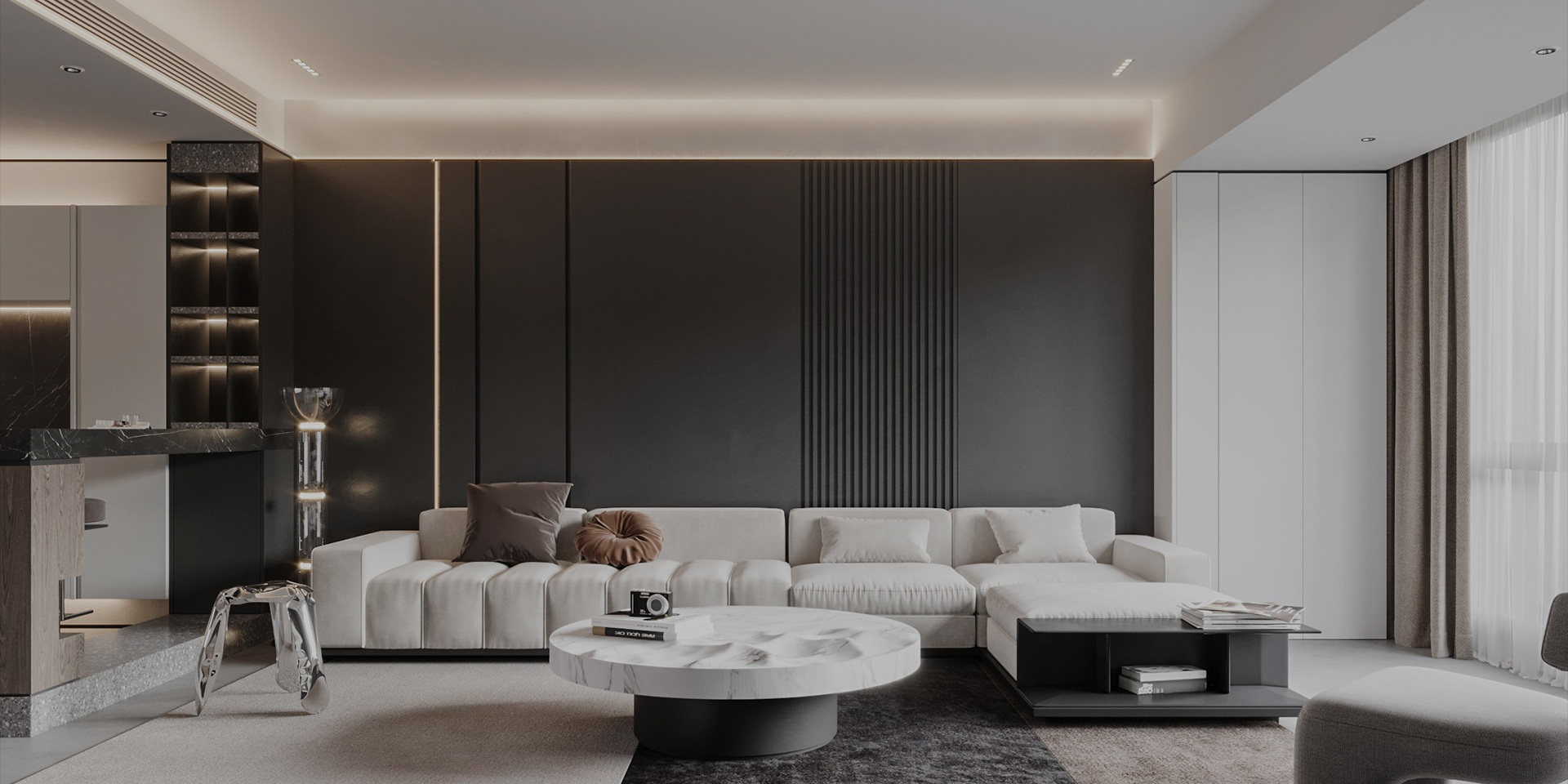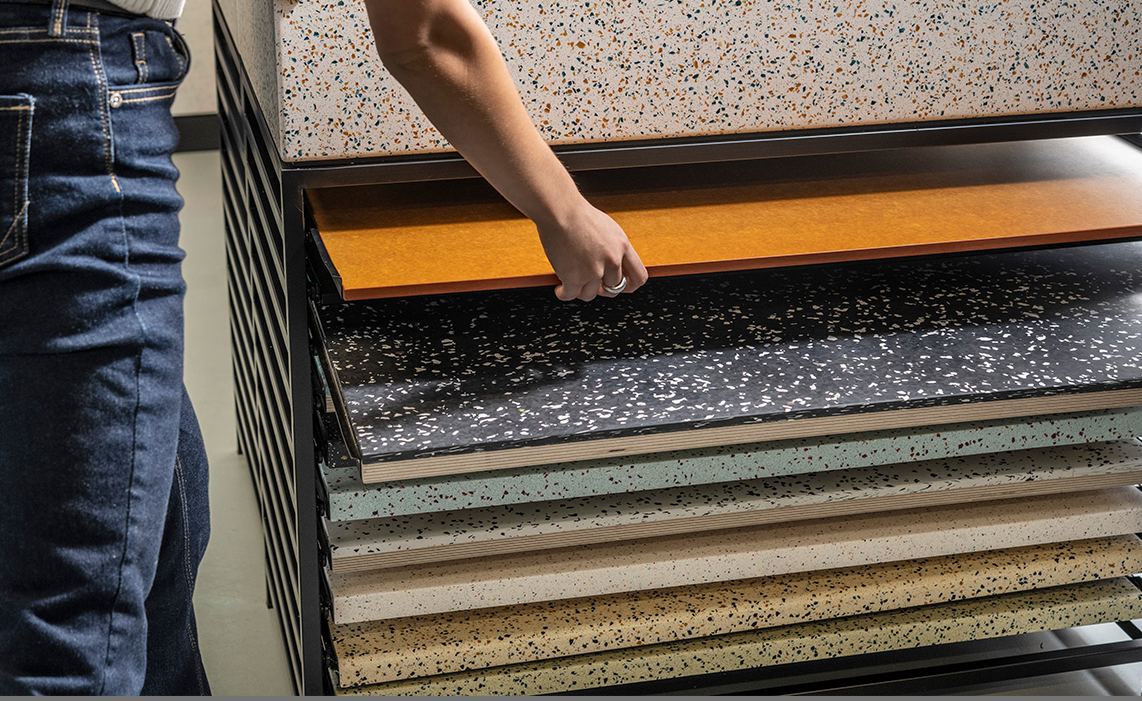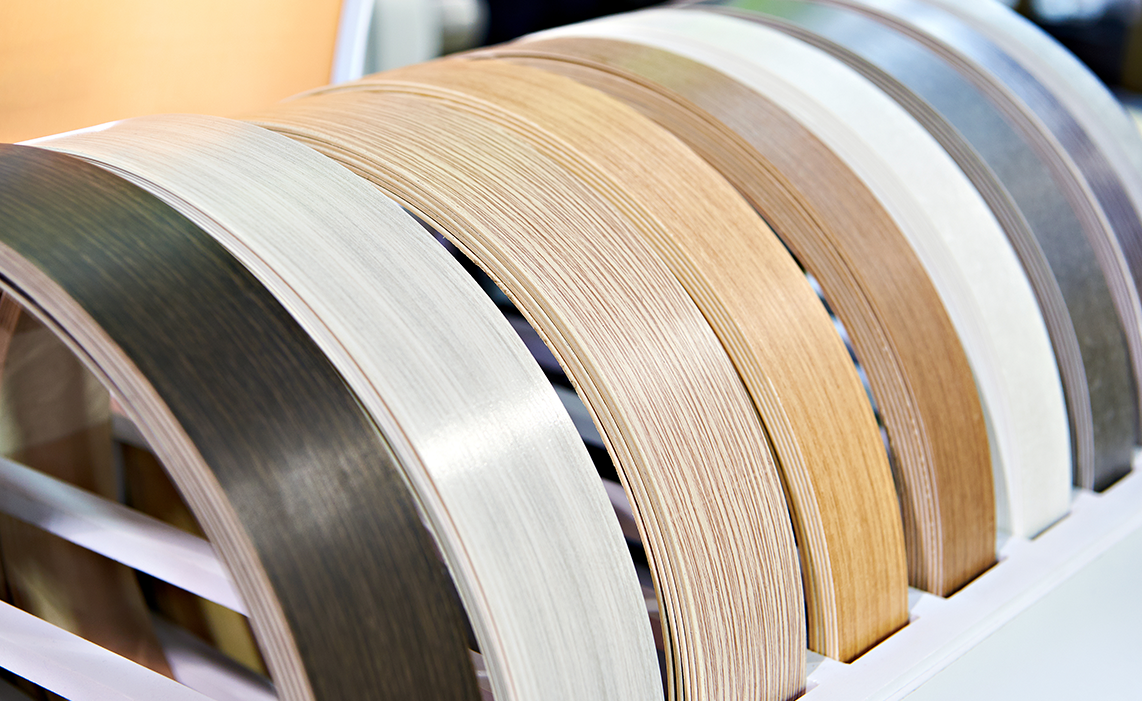Why Impregnated Paper is the Future of Decorative Materials
Why Impregnated Paper is the Future of Decorative Materials Table of Contents 1. Introduction to Impregnated Paper 2. Benefits of Impregnated Paper in Decorative Applications 2.1 Durability and Longevity 2.2 Aesthetic Versatility 2.3 Eco-Friendliness 3. Applications of Impregnated Paper in Modern Design 3.
Release time:
06 Oct,2025
Why Impregnated Paper is the Future of Decorative Materials
Table of Contents
- 1. Introduction to Impregnated Paper
- 2. Benefits of Impregnated Paper in Decorative Applications
- 3. Applications of Impregnated Paper in Modern Design
- 4. Sustainability and Environmental Impact
- 5. Innovations in Impregnated Paper Technology
- 6. The Future of Impregnated Paper in Decorative Materials
- 7. Frequently Asked Questions
- 8. Conclusion
1. Introduction to Impregnated Paper
Impregnated paper, often regarded as a breakthrough in the realm of decorative materials, is transforming the architectural and design landscape. This material involves a unique process where paper is infused with resin or other chemical compounds to enhance its properties. The outcome is a product that not only maintains the natural beauty of paper but also offers a variety of functional benefits that make it suitable for diverse applications.
This article explores why impregnated paper is becoming increasingly popular in the decorative materials industry and how it is set to dominate future design trends.
2. Benefits of Impregnated Paper in Decorative Applications
Impregnated paper boasts several advantages that make it a compelling choice for architects, designers, and manufacturers alike.
2.1 Durability and Longevity
One of the most significant benefits of impregnated paper is its **durability**. The impregnation process enhances the paper's resistance to wear and tear, moisture, and chemicals. This makes it a superior option for high-traffic areas and environments where traditional paper products would quickly degrade. The lifespan of impregnated paper products can exceed that of many conventional materials, providing both cost savings and peace of mind to designers and builders.
2.2 Aesthetic Versatility
The **aesthetic versatility** of impregnated paper is another reason for its burgeoning popularity. It can emulate a variety of textures and finishes, from wood grains to metallic sheens. This adaptability allows designers to create stunning visual effects without compromising on durability. Whether used in modern minimalism or classic designs, impregnated paper can fit seamlessly into various styles, enhancing the overall aesthetic appeal.
2.3 Eco-Friendliness
Sustainability is a key consideration in contemporary design, and impregnated paper shines in this regard as well. Many manufacturers are committed to using sustainable materials and environmentally friendly processes. The use of biodegradable resins and recyclable paper contributes to a reduced ecological footprint, making impregnated paper a responsible choice for environmentally conscious consumers and businesses.
3. Applications of Impregnated Paper in Modern Design
Impregnated paper is making waves across a range of applications, demonstrating its versatility and functionality in various decorative settings.
3.1 Furniture Design
In furniture design, impregnated paper is increasingly utilized for surfaces and finishes. The combination of durability and visual appeal allows for innovative designs that withstand the rigors of everyday use. From dining tables to office desks, impregnated paper provides an aesthetic upgrade without compromising on quality.
3.2 Wall Coverings
As wall coverings, impregnated paper offers a unique solution that combines style and practicality. Its resistance to moisture makes it suitable for kitchens and bathrooms, while its wide range of designs allows for creative expression in any room. The ease of installation and maintenance further enhances its appeal for both homeowners and commercial spaces.
3.3 Flooring Solutions
Impregnated paper is also emerging as a popular choice for flooring solutions. With advanced techniques allowing for a range of textures and finishes, impregnated paper flooring can mimic the look of hardwood, tile, or stone. This versatility, combined with its durability, makes it an attractive option for both residential and commercial flooring applications.
4. Sustainability and Environmental Impact
As society becomes more environmentally aware, the demand for sustainable materials is greater than ever. Impregnated paper stands out as an eco-friendly option. The production process often involves utilizing recycled materials, and the end product can be designed to be biodegradable or recyclable. This aligns with the growing trend towards sustainable building practices and the need for materials that contribute to a healthier planet.
Manufacturers are also focusing on reducing waste during production, optimizing processes to minimize environmental impact. This commitment to sustainability resonates with consumers who prioritize eco-conscious choices in their purchasing decisions.
5. Innovations in Impregnated Paper Technology
The technology behind impregnated paper is continuously evolving, allowing for enhanced features and applications. Recent innovations include improved water resistance, stain resistance, and advanced printing techniques that enable high-definition graphics and patterns.
New formulations of resins and adhesives are being developed to enhance the environmental profile of impregnated paper, offering more options for manufacturers and consumers alike. As research advances, we can expect even more breakthroughs that will broaden the applications and benefits of impregnated paper in the decorative materials sector.
6. The Future of Impregnated Paper in Decorative Materials
Looking ahead, impregnated paper is poised to take a prominent place in the decorative materials market. With its combination of durability, aesthetic potential, and eco-friendliness, it aligns perfectly with contemporary design trends that prioritize sustainability without sacrificing style.
As architects and designers seek innovative materials that meet the demands of modern living, impregnated paper's unique properties make it a frontrunner for a variety of applications. By embracing this material, the industry can push the boundaries of design while remaining environmentally responsible.
7. Frequently Asked Questions
What is impregnated paper?
Impregnated paper is a type of paper that has been treated with resins or other substances to enhance its durability, water resistance, and aesthetic qualities.
How is impregnated paper made?
The manufacturing process involves saturating paper with a resin solution, which is then cured to create a strong, durable product.
What are the main applications of impregnated paper?
Impregnated paper is used in furniture design, wall coverings, flooring solutions, and various decorative applications where durability and aesthetics are essential.
Is impregnated paper eco-friendly?
Many impregnated paper products are made with sustainable materials and processes, making them a more environmentally responsible choice compared to traditional materials.
How does impregnated paper compare to laminate?
While both impregnated paper and laminate can provide durable surfaces, impregnated paper often offers greater design flexibility and can be more environmentally friendly, depending on the production methods used.
8. Conclusion
Impregnated paper is undoubtedly carving out a niche as one of the most innovative and versatile decorative materials in the industry today. Its unique blend of durability, aesthetic potential, and sustainability aligns perfectly with modern design needs. As we continue to prioritize eco-friendly solutions without compromising on style or performance, impregnated paper is set to lead the way in creative applications for the future. By embracing this material, designers and architects can not only enhance their projects but also contribute positively to the environment. The future of decorative materials is bright, and impregnated paper is at the forefront of this transformation.
Latest Blog
06 Oct,2025
Why Impregnated Paper is the Future of Decorative Materials
Why Impregnated Paper is the Future of Decorative Materials Table of Contents 1. Introduction to Impregnated Paper 2. Benefits of Impregnated Paper in Decorative Applications 2.1 Durability and Longevity 2.2 Aesthetic Versatility 2.3 Eco-Friendliness 3. Applications of Impregnated Paper in Modern Design 3.
Read More →05 Oct,2025
Exploring the Versatility of Surface Materials in Architectural Design
Surface materials are a crucial component in the field of architecture and design, influencing not only the look and feel of a space but also its functionality and longevity. In the realm of building and decorative materials, understanding the various types of surface materials is key for architects, designers, and builders aiming to create innovative and sustainable structures. When discussing su
Read More →04 Oct,2025
Transforming Spaces: The Benefits of Using PVC Edge Banding for Modern Interiors
Transforming Spaces: The Benefits of Using PVC Edge Banding for Modern Interiors Table of Contents 1. Introduction to PVC Edge Banding 2. What is PVC Edge Banding? 3. The Benefits of PVC Edge Banding 3.1 Durability and Longevity 3.2 Aesthetic Appeal 3.3 Cost-Effectiveness 3.4 Environmental Impact 4. Application
Read More →Contact Us
Sales manager SUNNY LIU
+86 15751150508 (wechat、whatsapp)
E-mail: Sunny@devandecor.com
Add: NO.8 DONGHUAN RD,HENGLIN TOWN,WUJIN DISTRICT, CHANGZHOU ,JIANGSU,CHINA
Copyright © 2025 Changzhou Defan New Materials Co., Ltd. All rights reserved. www.300.cn SEO
Subscribe our newsletter
Welcome to leave us a message, we will reply to you as soon as possible



